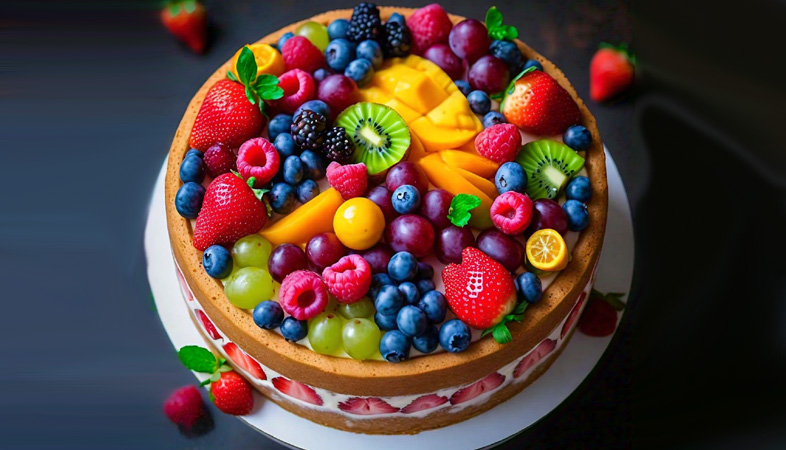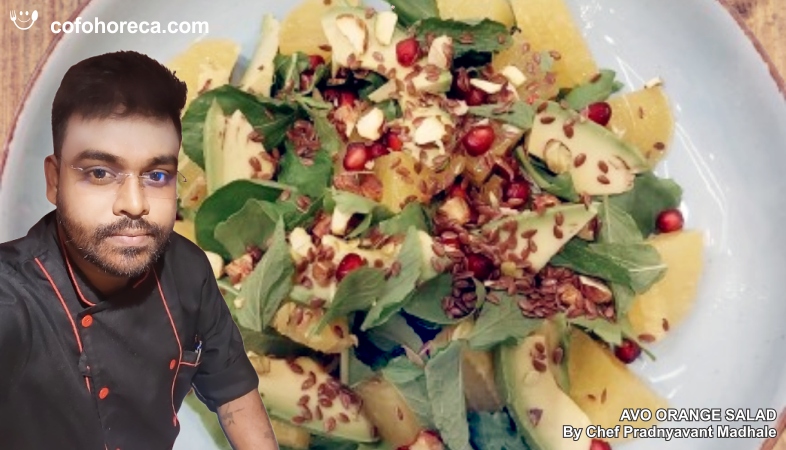Sustainable Baking Practices: Reducing Waste and Using Local Ingredients
These practices focus on minimizing waste and utilizing local ingredients, thereby promoting eco-friendly baking without compromising on taste or quality.
In today's culinary landscape, sustainable baking practices
have become increasingly important, not only for their environmental benefits
but also for their contribution to creating healthier communities. These
practices focus on minimizing waste and utilizing local ingredients, thereby
promoting eco-friendly baking without compromising on taste or quality.
One of the primary goals of sustainable baking is to minimize waste throughout the baking process. This starts with careful planning and precise measurements to avoid excess ingredients. Bakers often employ techniques like batch baking to optimize oven usage and reduce energy consumption. Utilizing leftover ingredients creatively, such as turning stale bread into breadcrumbs or using overripe fruits in cakes, minimizes food waste and maximizes resources.
Incorporating locally sourced ingredients is another cornerstone of sustainable baking. Local produce tends to be fresher, supporting regional agriculture and reducing carbon emissions associated with transportation. By sourcing flour, dairy products, fruits, and even spices locally, bakers not only support the local economy but also ensure that their ingredients are of the highest quality and flavor.
Embracing sustainable baking practices offers a range of benefits beyond environmental stewardship. Using fresh, local ingredients often enhances the flavor and nutritional value of baked goods, creating a connection between the baker, the ingredients, and the community. Additionally, reducing waste contributes to overall cost savings and promotes a more efficient baking operation.
By adopting these practices, bakers can play a significant role in promoting sustainability within their communities while continuing to delight customers with delicious and conscientiously crafted baked goods.
.png)
















 at ITC Hotels.jpeg)











